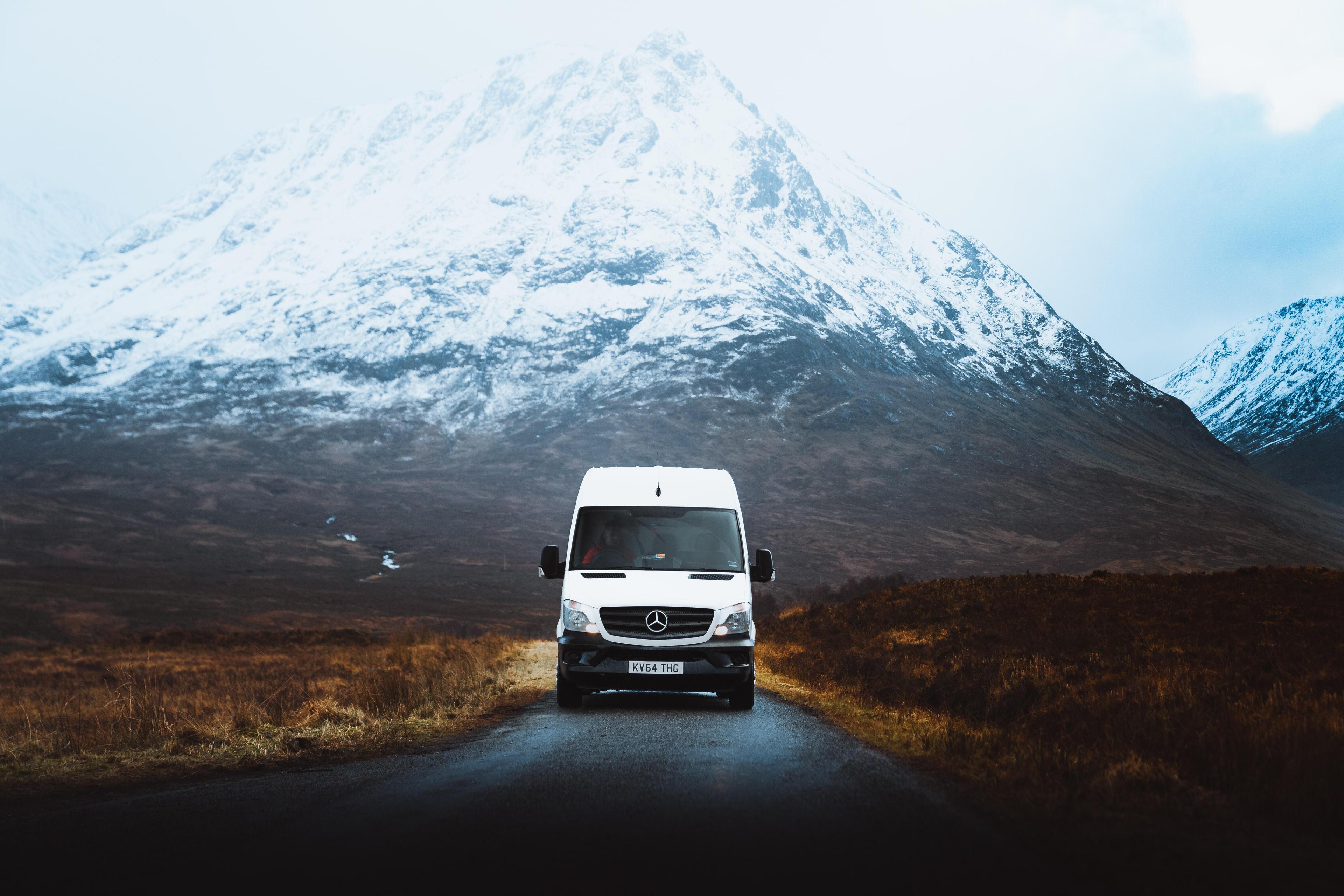
Driving in your RV during a fall is a beautiful experience, yet there are some potential fall hazards you must know. Being aware of these dangers can help save you and your family from accidents.
Unlike other seasons, the weather is more unpredictable than harsh. The first frost of the season can make the roads slippery, especially on the bridges where ice can form, even if it isn't on the main road.
Personal RV Insurance helps cover you and your RV if something goes wrong on the road or when it's parked. In this post, you’ll learn about the types of fall hazards and how to avoid them.
Fall brings unique RV driving hazards, including wet leaves as slippery as ice, peak deer collision season in November, reduced visibility from fog and sun glare, and tire pressure drops requiring frequent checks. Proper preparation and awareness of these seasonal risks will help you to avoid accidents and keep your adventures on track. Smart RV owners combine safe driving practices with comprehensive insurance and roadside assistance for complete protection.
There are plenty of fall hazards to watch out for. Likewise, knowing how to handle it and curtail issues is essential. And in the event you're unable to avoid a hazard or accident, emergency roadside assistance services can ensure that help is on the way if you get stranded on the road. Regardless, here are five things you should always watch out for in fall weather.
When driving an RV, one of the most important things to look for is the hazards of slick leaves. According to RVLife, wet leaves can be as slippery as ice. They can camouflage obstacles on the road, such as potholes, traffic lines, and pavement markings, making driving in unfamiliar areas particularly difficult.
How to handle it: Slow down when you spot leaf coverage on the road. Give yourself plenty of space between you and other vehicles. Take corners cautiously and avoid sudden braking. If you start to skid, ease off the gas and steer in the direction you want to go rather than slamming the brakes.
Autumn is an excellent time to check tire pressure. Due to slick leaves, shifting weather conditions, and potential black ice, it is essential to check your tires frequently.
For RVs, proper tire pressure isn't just about fuel economy (though that matters too). It's a critical safety issue. Underinflated tires flex more, generate excess heat, and can blow out without warning.
Here's a quick checklist to ensure that your tires are in good condition:
Pay attention to animals crossing the road throughout the fall, especially during November. According to the Insurance Institute for Highway Safety, November is when you're most likely to hit an animal—mainly a deer.
As stated by the University of Illinois Extension, you should try to avoid swerving if you come across an animal on the road. Ideally, you should slow down and let the animal pass.
Below are some Deer collision prevention tips:
Fall rain isn't like summer showers. It comes with cooler temperatures that can quickly turn to frost on those early morning drives, making roads treacherous before you've had your first cup of coffee.
Fog is particularly common in fall mornings, and when driving in it, you should use low beam headlights since high beams create glare and reduce visibility. State law also requires headlights whenever your wipers are on, so keep those lights running.
Let's look at some smart strategies for rainy fall driving:
If you encounter black ice (especially on bridges and overpasses), stay calm, avoid sudden movements, and gradually reduce speed.
Sun glare can be most problematic during sunrise and sunset, which coincide with morning and evening rush hours, as intense glare from the low-horizon sun can potentially blind drivers.
The end of daylight saving time in early November makes this worse, suddenly putting your evening commute or travel time in darkness. You'll find yourself driving in the dark more often, which means harder-to-spot pedestrians, cyclists, and wildlife.
Visibility protection checklist:
Even with perfect driving, fall's unpredictable conditions mean that things can go wrong. That's where smart protection comes in.
Personal RV insurance covers you when the unexpected occurs, whether it's a deer collision, weather-related damage, or an accident on slick roads. Fall hazards can leave you stranded miles from help, but emergency roadside assistance services ensure someone's on the way when you need it most.
The reality is that you can do everything right and still face a breakdown or accident. The difference between a minor inconvenience and a ruined trip often comes down to having the right coverage in place before you need it.
Don't let insurance worries keep you from those beautiful autumn road trips. Your RV deserves protection that understands how you actually use it, not a generic policy that leaves you exposed when it matters most.
When it comes to RV insurance, we've got you covered—get your quote in minutes so you can focus on the road ahead, not the what-ifs.
Roamly Insurance Group, LLC ("Roamly") is a licensed general agent for affiliated and non-affiliated insurance companies. Roamly is licensed as an agency in all states in which products are offered. Availability and qualification for coverage, terms, rates, and discounts may vary by jurisdiction. We do not in any way imply that the materials on the site or products are available in jurisdictions in which we are not licensed to do business or that we are soliciting business in any such jurisdiction. Coverage under your insurance policy is subject to the terms and conditions of that policy and is ultimately the decision of the buyer.
Policies provided by Roamly are underwritten by Spinnaker Insurance Company, Progressive Insurance Company, Safeco Insurance, Foremost Insurance Company, National General Insurance, Allstate Insurance Company, Mobilitas Insurance Company, Lyndon Southern Insurance Company and others.